Charlie’s pilot, guiding Charlie in a circling pattern over Nabesna Glacier, watched as Pettijohn greased the little Champ onto the glacier’s icy back. Charlie’s pilot continued to circle while the Champ taxied to the glacier’s side, and Pettijohn confirmed that it was safe to land the 1948 Stinson by following the same route the Champ had taken. Nabesna Glacier’s makeshift airport, a narrow ribbon of smooth ice, was just below Mt. Gordon’s 9,000-foot summit in Alaska’s Wrangell Mountains at a time when Alaska was still for Alaskans. Before Washington DC locked up the land for the personal benefit of National Park Service rangers.
After landing, and tying Charlie down using mountain climber’s 18-inch ice augurs as anchors for the tiedown ropes, a base camp was established on sandbar-like glacier moraine between Nabesna Glacier’s ice and lush underbrush growing to the edge of the moraine. Across the glacier lay Orange Hill’s abandoned gold mine, depriving the occupants of the two airplanes sense of being the first to walk the wildland at the foot of Mt. Gordon. Other than the noise of making camp by the recently arrived people, the silence of wilderness was only stirred by an occasional low grumble from Nabesna as the river of ice shifted and slipped in its eternal slide to extinction.
As the late August sun slipped behind Mt. Gordon, Charlie and Champ’s people dined on dinner prepared over their one-burner camp stove. It would be the last hot meal they’d enjoy for five days. Then, anticipating their return, the campers heated water in a large pan, stirred in the recommended amount of strawberry Jello, and placed the lid-covered pan in an alcove next to Nabesna’s icy wall. Experience told the camp’s older sheep hunters that a cold Jello treat would be a welcome indulgence after five days of chea seed and gorp.
During the night, wicked winds from Prince William Sound found their way over the Wrangells and whipped down Nabesna’s exposed back. With the arrival of morning, the wind slipped away as dawn’s first light allowed Charlie’s and Champ’s pilots to check on their little birds still tethered to million-year-old ice. The birds were safe, and the ice augers were screwed down a little tighter, taking up the slack created by the night’s wind and mildly melting ice. The only casualty, and only a minor one, was that black sand from the moraine was lifted by the wind and deposited in ample amounts over and in the hunter’s gear.
By the time the sun crested distant peaks, the hunters were well on their way toward Dall sheep land on the other side of Mt. Gordon. Charlie’s pilot and Alan, his oldest son, were on their first sheep hunt. For the next five days they wandered the slopes of Mt. Gordon in pursuit of a white ram, but none meeting their definition of trophy crossed their path. In late afternoon of the fifth day, they began their descent to Charlie for the return flight to Anchorage and home.
Halfway down Mt. Gordon, the two hunters made camp and spent the night. Arising early, Charlie’s pilot, still not clothed and with the effects of the night’s sleep still restricting proper vision, opened the tent door. Thirty yards away, framed by the outline of the rainfly, stood a trophy ram silhouetted against dawn’s dark-blue sky. Charlie’s Pilot’s son was rudely awakened as the invention of John Browning boomed from within the tent awning, and the big ram completed his life’s mission.
It was nearly noon before the hunters had completed the tasks of dressing their animal and caping the trophy. Far below, they could see three small sheep wander onto a small plateau just before the open area of the mountain turned into alders and brush. By the time the hunters had finished taking care of their trophy and packed up their camp, the three sheep below had fed to their fill and lay down in the sun on the open plateau.
As the hunters, still in their white sheep-hunting clothes, approached from above, from where few enemies of sheep approach, the sheep offered no fear or gave any indication that they were disturbed by the hunters’ presence. Even when the hunters arrived within 300 yards, the animals did not feel inclined to flee. Alan decided to test the theory that sheep have no fear if approached from above by something white and not in a hurry. He took off his pack, got down on his hands and knees, and began traversing the hill in a slow, deliberate manner, much like a grazing sheep would do. He moved to the right for about 30 yards and then back left 30 yards; each time moving a few feet forward toward the reclining sheep. After nearly an hour, Alan had moved to within 30 feet of where the sheep were resting.
As the distance closed between Alan and the sheep, the animals began to show some sign of being nervous, and one of them stood up and stared at Alan. Alan had learned not to look them in the eye, so he did not return the stare, but pretended to look elsewhere. The sheep was on alert, but did not make a motion to move. Alan moved a step or two closer. The other two sheep stood and stared. Alan slowly rose on his feet to a football lineman’s stance, still not looking directly at the sheep.
Finally the sheep’s curiosity got the best of them, and one took a step forward, and then another also took a timid step. All at once, Alan charged into the small half-circle of standing sheep, nearly touching them as they bolted and fled. Alan knew pursuit was impossible, even if he had wanted to join in the chase. He had accomplished what he had intended to find out. As far as Alan is concerned, given the right set of circumstances, a hunter in a desperate situation could take an Alaska wild sheep with a spear.




 This is Publication Consultants’ motivation for constantly striving to assist authors sell and market their books. Author Campaign Method (ACM) of sales and marketing is Publication Consultants’ plan to accomplish this so that our authors’ books have a reasonable opportunity for success. We know the difference between motion and direction. ACM is direction! ACM is the process for authorpreneurs who are serious about bringing their books to market. ACM is a boon for them.
This is Publication Consultants’ motivation for constantly striving to assist authors sell and market their books. Author Campaign Method (ACM) of sales and marketing is Publication Consultants’ plan to accomplish this so that our authors’ books have a reasonable opportunity for success. We know the difference between motion and direction. ACM is direction! ACM is the process for authorpreneurs who are serious about bringing their books to market. ACM is a boon for them. Release Party
Release Party Web Presence
Web Presence Book Signings
Book Signings Facebook Profile and Facebook Page
Facebook Profile and Facebook Page Active Social Media Participation
Active Social Media Participation Ebook Cards
Ebook Cards The Great Alaska Book Fair: October 8, 2016
The Great Alaska Book Fair: October 8, 2016


 Costco Book Signings
Costco Book Signings eBook Cards
eBook Cards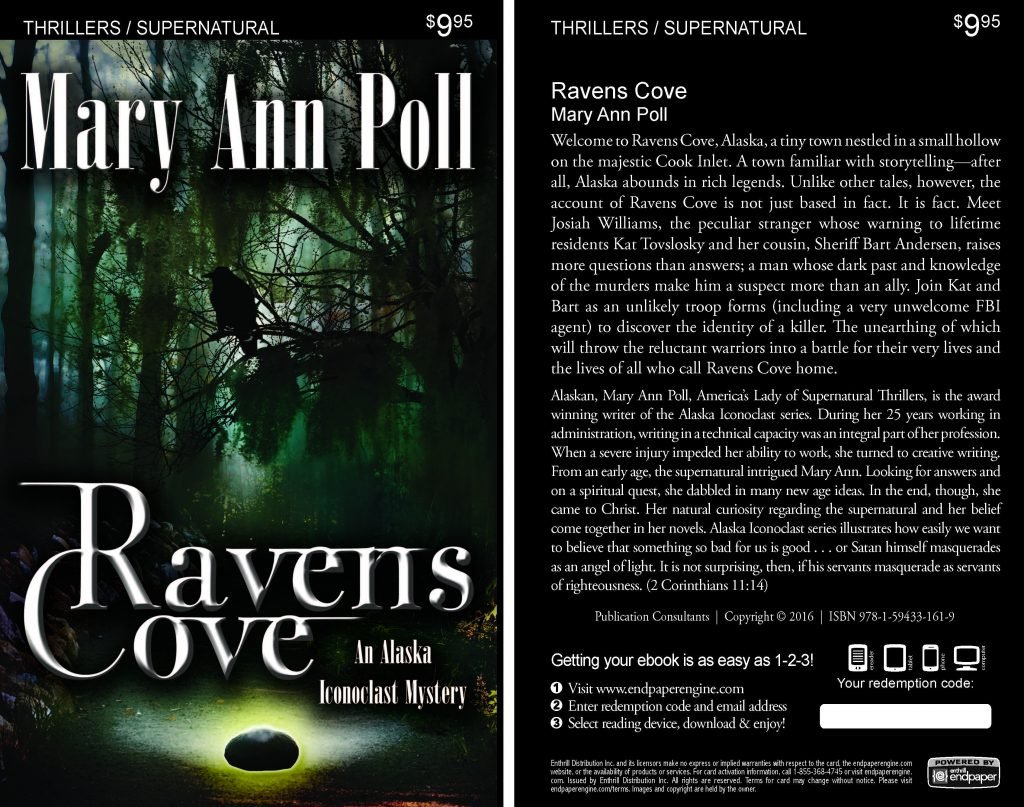

 Benjamin Franklin Award
Benjamin Franklin Award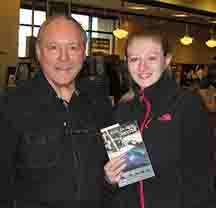 Jim Misko Book Signing at Barnes and Noble
Jim Misko Book Signing at Barnes and Noble
 Cortex is for serious authors and will probably not be of interest to hobbyists. We recorded our Cortex training and information meeting. If you’re a serious author, and did not attend the meeting, and would like to review the training information, kindly let us know. Authors are required to have a Facebook author page to use Cortex.
Cortex is for serious authors and will probably not be of interest to hobbyists. We recorded our Cortex training and information meeting. If you’re a serious author, and did not attend the meeting, and would like to review the training information, kindly let us know. Authors are required to have a Facebook author page to use Cortex. Correction:
Correction: This is Publication Consultants’ motivation for constantly striving to assist authors sell and market their books. ACM is Publication Consultants’ plan to accomplish this so that our authors’ books have a reasonable opportunity for success. We know the difference between motion and direction. ACM is direction! ACM is the process for authors who are serious about bringing their books to market. ACM is a boon for serious authors, but a burden for hobbyist. We don’t recommend ACM for hobbyists.
This is Publication Consultants’ motivation for constantly striving to assist authors sell and market their books. ACM is Publication Consultants’ plan to accomplish this so that our authors’ books have a reasonable opportunity for success. We know the difference between motion and direction. ACM is direction! ACM is the process for authors who are serious about bringing their books to market. ACM is a boon for serious authors, but a burden for hobbyist. We don’t recommend ACM for hobbyists.

 We’re the only publisher we know of that provides authors with book signing opportunities. Book signing are appropriate for hobbyist and essential for serious authors. To schedule a book signing kindly go to our website, <
We’re the only publisher we know of that provides authors with book signing opportunities. Book signing are appropriate for hobbyist and essential for serious authors. To schedule a book signing kindly go to our website, < We hear authors complain about all the personal stuff on Facebook. Most of these complaints are because the author doesn’t understand the difference difference between a Facebook profile and a Facebook page. Simply put, a profile is for personal things for friends and family; a page is for business. If your book is just a hobby, then it’s fine to have only a Facebook profile and make your posts for friends and family; however, if you’re serious about your writing, and it’s a business with you, or you want it to be business, then you need a Facebook page as an author. It’s simple to tell if it’s a page or a profile. A profile shows how many friends and a page shows how many likes. Here’s a link <> to a straight forward description on how to set up your author Facebook page.
We hear authors complain about all the personal stuff on Facebook. Most of these complaints are because the author doesn’t understand the difference difference between a Facebook profile and a Facebook page. Simply put, a profile is for personal things for friends and family; a page is for business. If your book is just a hobby, then it’s fine to have only a Facebook profile and make your posts for friends and family; however, if you’re serious about your writing, and it’s a business with you, or you want it to be business, then you need a Facebook page as an author. It’s simple to tell if it’s a page or a profile. A profile shows how many friends and a page shows how many likes. Here’s a link <> to a straight forward description on how to set up your author Facebook page.



 Mosquito Books has a new location in the Anchorage international airport and is available for signings with 21 days notice. Jim Misko had a signing there yesterday. His signing report included these words, “Had the best day ever at the airport . . ..”
Mosquito Books has a new location in the Anchorage international airport and is available for signings with 21 days notice. Jim Misko had a signing there yesterday. His signing report included these words, “Had the best day ever at the airport . . ..”


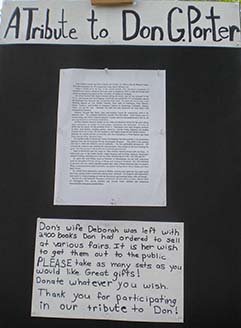
 The Lyin Kings: The Wannabe World Leaders
The Lyin Kings: The Wannabe World Leaders
 Time and Tide
Time and Tide


 ReadAlaska 2014
ReadAlaska 2014 Readerlink and Book Signings
Readerlink and Book Signings
 2014 Independent Publisher Book Awards Results
2014 Independent Publisher Book Awards Results
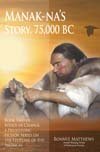
 Bonnye Matthews Radio Interview
Bonnye Matthews Radio Interview
 Rick Mystrom Radio Interview
Rick Mystrom Radio Interview When he published those overseas blogs as the book The Innocents Abroad, it would become a hit. But you couldn’t find it in bookstores.
When he published those overseas blogs as the book The Innocents Abroad, it would become a hit. But you couldn’t find it in bookstores. More NetGalley
More NetGalley Mary Ann Poll
Mary Ann Poll
 Bumppo
Bumppo
 Computer Spell Checkers
Computer Spell Checkers Seven Things I Learned From a Foreign Email
Seven Things I Learned From a Foreign Email 2014 Spirit of Youth Awards
2014 Spirit of Youth Awards Book Signings
Book Signings

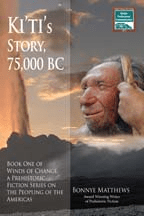
 Blog Talk Radio
Blog Talk Radio Publication Consultants Blog
Publication Consultants Blog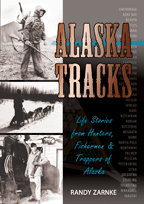 Book Signings
Book Signings



 Don and Lanna Langdok
Don and Lanna Langdok Ron Walden
Ron Walden Book Signings Are Fun
Book Signings Are Fun Release Party Video
Release Party Video
 Erin’s book,
Erin’s book,  Heather’s book,
Heather’s book,  New Books
New Books